Tandon Faculty First Look Scholars
Meet the 2023 cohort
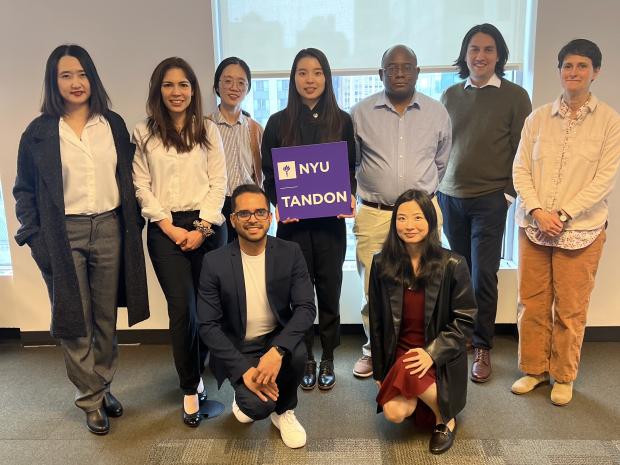
Jahir Antonio Batista Andrade
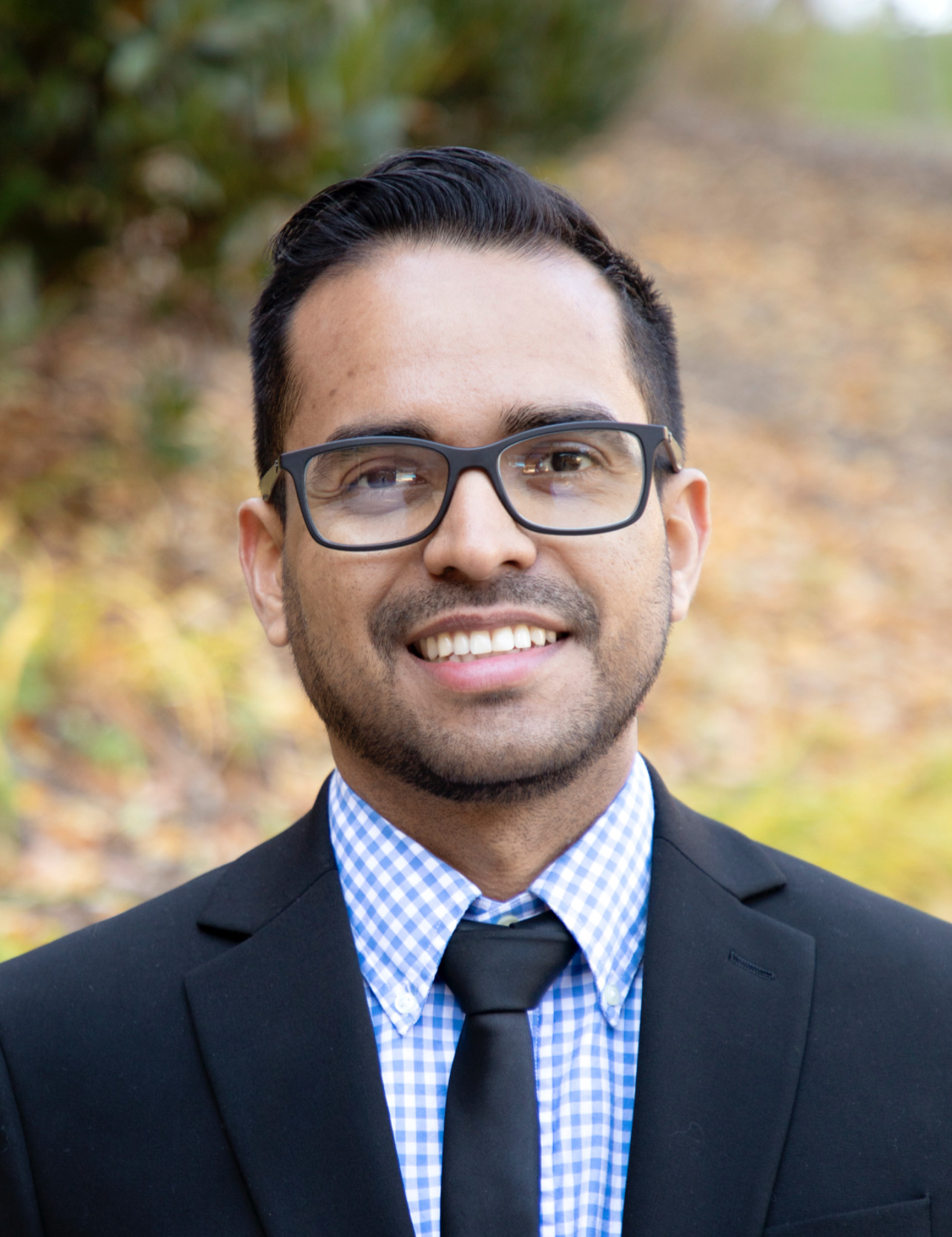
How did you become interested in STEM topics?
I grew up in Panama, in a family of very modest means, and while I very much wanted to learn to swim, there was no money for lessons. I decided to teach myself, in a small stream near our home. I practiced swimming, and my siblings sometimes caught fish and crayfish my mother could prepare for our dinners.
When a neighbor upstream began farming, he allowed untreated animal waste to enter the stream, so that it was no longer possible to swim in it or eat the fish from it. That sparked my interest in chemistry and environmental engineering at a young age.
Describe your academic journey and research up until now.
I earned a B.S. in Industrial Chemistry from the University of Panama thanks to a government scholarship; I was the first person in my family to graduate from college. After being out in the work world as a lab technician for a while, I started a master's degree program in Environmental Chemistry at the Federal University of Rio Grande, in Brazil. Upon my return to Panama, I applied successfully to the Fulbright Foreign program for Ph.D. study in the U.S. Thanks to that, I embarked upon a doctoral program at the University of Maryland, Baltimore County, and in July of 2023, I expect to earn my Ph.D. in Environmental Engineering.
My dissertation is titled “Identifying Wastewater Inputs to Urban Streams by Monitoring Dissolved Organic Matter Fluorescence and Contaminants of Emerging Concerns.” In lay terms what that means is taking a chemical approach to identifying pollutants. If, for example, you test spring water and it shows the same chemical signatures for things that can be found in nearby sewage water, like artificial sweeteners, hormones, or antibiotics, then we can pinpoint and mitigate those contaminants. With sewer infrastructure in the U.S. aging rapidly, that’s very important, and work like mine could even affect public policy one day.
How do you feel about participating in the Faculty First Look program?
This has been a great year for me: I started it with a new journal publication and accepted talks at American Chemical Society and Association of Environmental Engineering and Science Professors conferences; I won a 2023 Graduate Student Award from the American Chemical Society; and I was chosen to take part in Faculty First Look.
I hope to get feedback on my work from faculty members at NYU Tandon who I know are focused on water-related issues and sustainability-focused research issues. Because the program also encompasses writing help, I’d like to work on my vision statement too; I have a definite vision, and I want to get it down in a succinct and compelling way.
What are your ultimate goals?
I taught back in Panama and loved it, so ultimately I’d like to divide my time between the lab, doing socially beneficial research with practical application, and the classroom. I identify as both Latino and a member of the LGBTQ community, and I think it’s important for students from underrepresented groups to see themselves represented in their school’s faculty.
Hui Chen
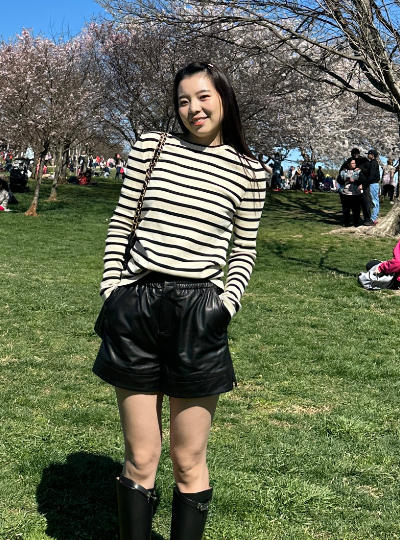
How did you become interested in STEM topics?
My father ran a business that involved filtration systems, and I had always been good at science and math, so when I entered Nanjing Normal University, in my native China, I opted to study chemistry. After earning my undergraduate degree in 2016, I had to carefully consider what my next steps would be, and I decided that I wanted to come to the U.S. I’m am only child, and I knew my parents would be upset at the prospect of me living that far away, but once I was accepted to various programs, I was determined to go. As I expected, they were not fully happy about my decision to attend Stony Brook, but they eventually came around, and they’re very proud of me now. I earned my Ph.D. in Chemistry in 2021 and have since written several papers and given multiple conference presentations.
Describe your academic journey and research up until now.
I’m currently a post-doctoral research assistant at the University of Maryland, Baltimore County, where I study the possibilities of recovering nutrients from urine using a tubular membrane reactor. I’m also working on a USDA-funded project aimed at efficient nutrient recovery from animal manure using hollow-fiber ion exchange membranes.
How do you feel about participating in the Faculty First Look program?
At the University of Maryland, Baltimore County, I work in the lab run by Professor Lee Blaney, whose focus is on the intersection of fundamental and applied aspects of analytical, environmental, inorganic, organic, and toxicological chemistry. A few of us in the lab applied to Faculty First Look–unbeknowst to the others. It seemed so lucky when we all got accepted, and I know Professor Blaney feels very proud of all of us. I hope to learn more about the different stages of the job application process, from writing statements to giving a compelling job talk.
What are your ultimate goals?
I was a teaching assistant at Stony Brook, and I’ve lectured in Baltimore County, and I love that aspect of being in academia, I;ve mentored about a dozen students during my journey so far, from high school students exploring STEM to Ph.D. candidates. My ideal job would encompass teaching, mentoring, and research.
Camilo Duarte-Cordon
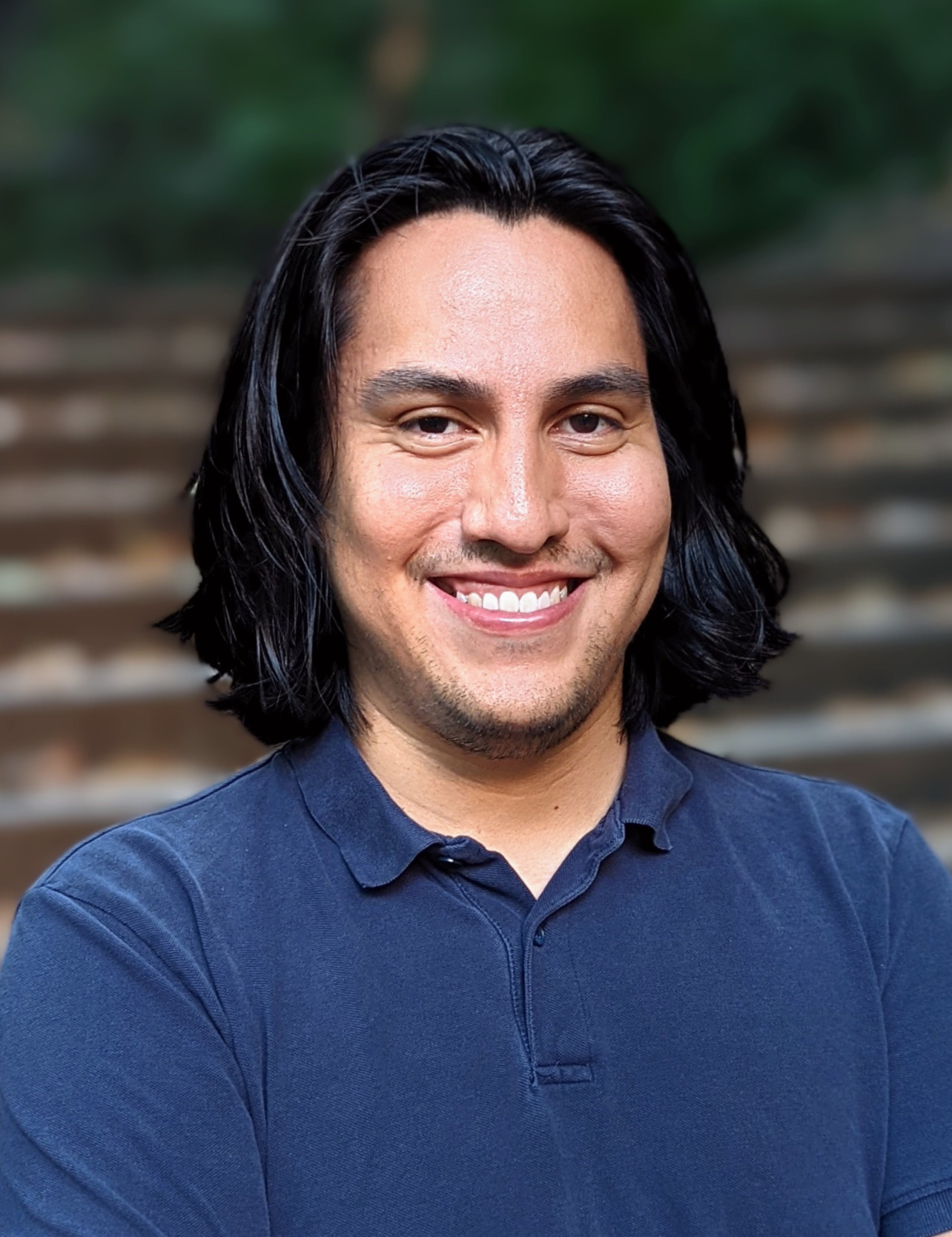
How did you become interested in STEM topics?
My father was a civil engineer, and two of my four siblings are engineers. Furthermore, my grandfather launched the first college metallurgical engineering program in Colombia. Despite being surrounded by engineers while growing up, it was really my mom who motivated me to pursue a degree in STEM. Even though she couldn’t go to college, she taught my siblings and me the importance of education, and enrolled us in afterschool chemistry, math, and physics classes, experiences that awakened my interest in STEM topics.
Describe your academic journey and research up until now.
It hasn’t been totally linear. I earned a bachelor’s degree in Mechanical Engineering from the National University of Colombia, and while my wealthier peers were studying abroad for a semester, I wasn’t financially able to do that. I got excited when I heard about a sixth-month program being offered at Purdue for little to no cost to the student, but my language skills weren’t up to par, and I was told to study English for a year and reapply. That time I was accepted, and my Pudue mentor, Marisol Koslowski, introduced me to the field of computational solid mechanics–in other words, using math and physics to describe and model how materials behave.
Although I initially thought I’d return to Colombia and find work when the program was over, I had developed a love for the diversity and academic innovation at Purdue and a determination to earn a Ph.D. in the U.S. After another year of prep, I was accepted into a doctoral program at Purdue, and I earned my Ph.D. there in 2021, with a thesis that investigated how energetic materials like propellants and explosives undergo chemical changes under pressure.
I’m currently conducting post-doctoral research in Kristin Myers’ lab at Columbia University on an entirely different topic. We’re trying to develop computational models of cervical tissue, with the aim of understanding how medical practitioners might better diagnose pre-term births.
How do you feel about participating in the Faculty First Look program?
I’ve dedicated a lot of time to mentoring; at Columbia, I’ve worked with high school students known as "Next Gen” scholars, and I won a mentoring award at Purdue. On the opposite side, I’ve had the benefit of wonderful mentors, both at Purdue and Columbia, and I’m thrilled to be getting the advice and guidance of NYU Tandon researchers through Faculty First Look. My current postdoc experience, working at the intersection of computational mechanics and biological sciences, has taught me the importance of interdisciplinary collaborations. I know Tandon places great emphasis on interdisciplinary work, so I’m looking forward to broadening my network and learning to forge strong partnerships.
What are your ultimate goals?
I’d like to remain in academia and become a faculty at an institution where I can make an impact with my research on society and also, with my mentor
Michael Fleming

How did you become interested in STEM topics?
I had always loved math and science, and while I was a bit fuzzy about engineering as a field, I hit upon the idea that electrical engineering would allow me to have a computer on my desk, which I had always wanted. When I got to Howard University, I realized that any engineering discipline would allow me to work on a computer every day, and thanks to a mentor, Professor Taft Broome, I made the switch to civil engineering. I decided to focus on issues related to access to clean water – a topic that would enable me to lead a purposeful life.
Describe your academic journey and research up until now.
After earning a B.S. from Howard in 1998, I considered teaching, but my mother, who was a teacher, convinced me that it wasn’t for me. I took a job at the U.S, Patent and Trademark Office as a patent examiner before returning back to my native South Carolina. My mother was ill at that time, and I wanted to be closer to home, so I took on engineering posts at the state’s Department of Transportation, where I worked on bridge design since there were no environmental engineering jobs available at the time. I subsequently moved on to the Department of Labor, Licensing, and Regulation and the Department of Health and Environmental Control, but I ultimately decided to return to school.
In 2014 I earned a master’s in paralegal studies from George Washington University, and the following year I received my master’s in environmental engineering from Johns Hopkins. I expect to earn my Ph.D. this year from the University of Maryland, Baltimore County, where I won a Meyerhoff fellowship, aimed at promoting cultural diversity in STEM fields at the graduate level; I also sit on the Meyerhoff advisory board.
I’m working with Professor Lee Blaney on sustainably recovering ammonium from agricultural and municipal wastes by using a technique called Donnan dialysis. Ammonium is a form of nitrogen that can be used in fertilizer if treated. The issue is that ammonia production is a very intensive process that currently takes a full 1 percent of the world’s energy resources because it requires heat of 400 degrees Celsius and a great deal of pressure. If you can get it from waste sources and use Donnan dialysis, a technique involving a semipermeable member and a concentrated salt solution that was developed back in the 1920s, the process would be much more sustainable. Although Donnan dialysis has previously been used for ammonium recovery from wastewater, we have modified Donnan dialysis in a manner than has never been used before for agricultural waste.
How do you feel about participating in the Faculty First Look program?
I think the program will provide me with a window into NYU culture and help me understand how I can meet what’s expected of faculty members. I’m a relatively nontraditional student, because I’m married with three children and also already hold a professional engineer (PE) license, so this is a totally new endeavor for me.
What are your ultimate goals?
My ultimate goals are becoming a tenure-track faculty member and providing access to clean water. I want the research I conduct to be actionable and applicable to the engineering “Grand Challenges” that have long been important to me: clean water for all and the management of the nitrogen cycle. I also want to remain in academia because mentoring underrepresented students is highly important to me.
Yan Jiang
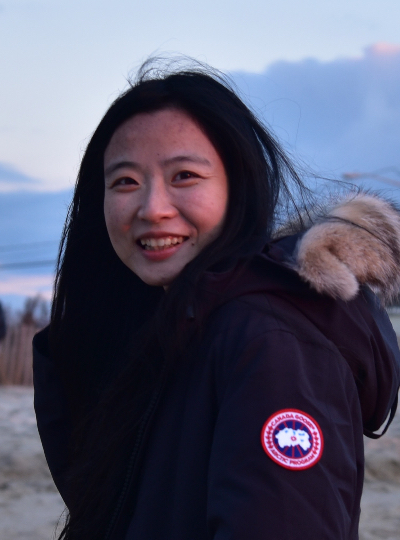
How did you become interested in STEM topics?
I had loved problem-solving in math since I was a child; it gave me a sense of fulfillment. As I grew up, while I enjoyed theory, I always knew I wanted to apply it to practical problems. Also, I had a great role model in my maternal uncle, who was the first in our family to attend college. He became a directional blasting expert and made me realize how cool an engineer could be.
Describe your academic journey and research up until now.
I decided early on to really throw myself into my studies and give it my all. I settled upon Electrical Engineering because I realized I could use it to help address sustainability issues, and I earned my undergraduate degree in 2013 from the Harbin Institute of Technology, followed by a master’s in 2016 from Huazhong University of Science and Technology, both of which have top engineering programs in China.
When it was time to embark on a doctoral program, I came to the U.S. and entered Johns Hopkins University, where I worked with Professor Enrique Mallada on the principled design of novel control strategies to improve the dynamic degradation in power grids with high renewable penetration. Compared to fossil-fuel-based generation, wind and solar generation are more sustainable, but they also make power systems very sensitive to disturbances. Our work significantly advanced the overall performance of power systems in terms of security, robustness, and economics. In 2021, I earned a doctoral degree in Electrical Engineering, together with a master’s degree in Applied Mathematics and Statistics.
I’m currently a post-doc at the University of Washington, where I’m working with Professor Baosen Zhang to incorporate machine learning into critical systems with hard constraints like power systems, so that provable performance is guaranteed.
How do you feel about participating in the Faculty First Look program?
Besides being appreciative of the help the program offers with professional writing and speaking skills, I’m excited to discuss research with NYU Tandon’s renowned power-engineering group.
What are your ultimate goals?
I want to remain in academia; do research to advance safe and efficient power systems for a clean energy future that will benefit society; and nurture the next generation of control and power engineers the way I’ve been nurtured.
Yu Li
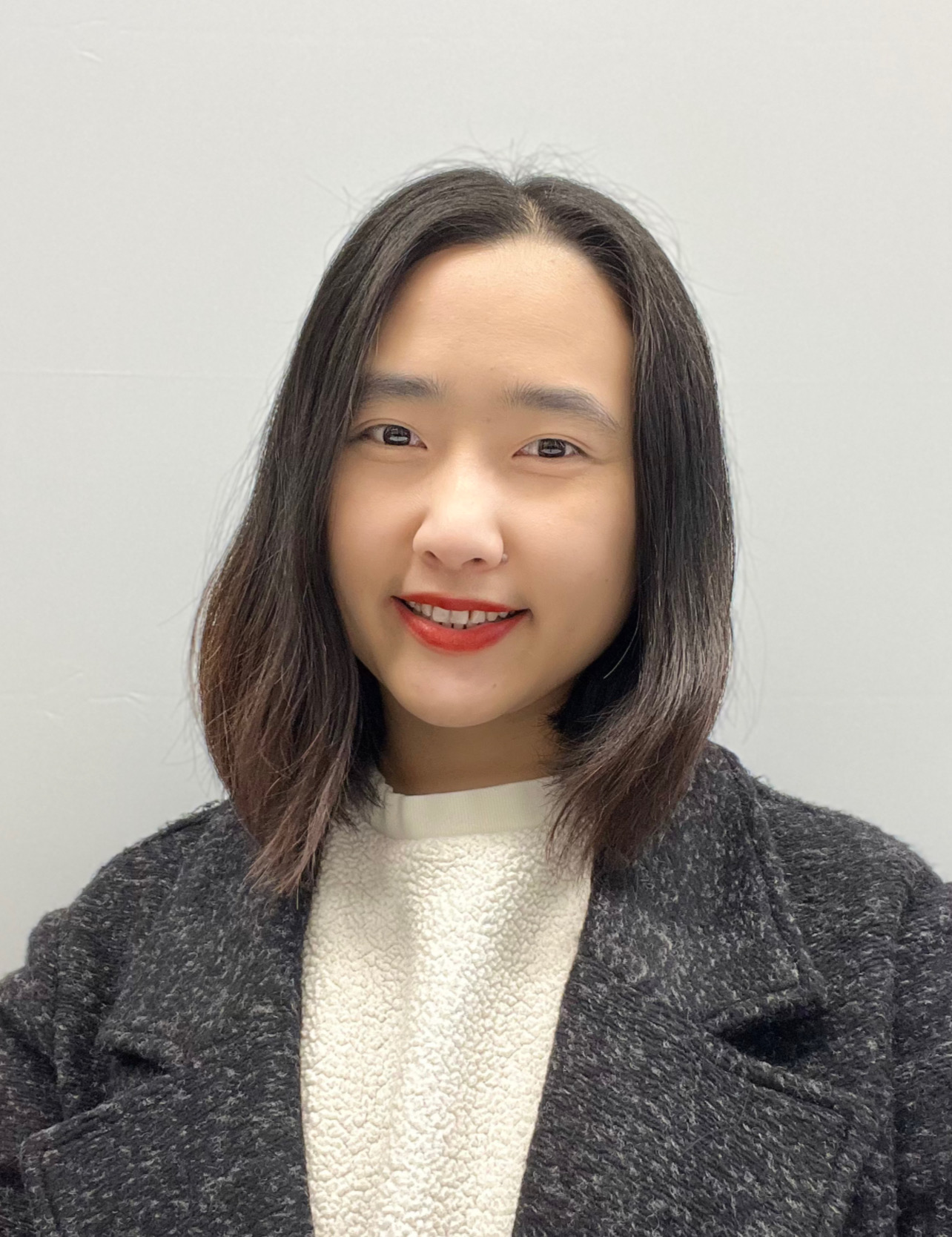
How did you become interested in STEM topics?
My parents were engineers, and I seemed to have some talent for math and science, so engineering seemed like a natural choice for me. I earned a bachelor’s degree in engineering management from Yichun University and then entered the workforce as a technician and then a quantity surveyor and budget controller at companies in Beijing. It always bothered me that I had only an undergraduate degree, however; I felt I needed to know a lot more to advance professionally, so I decided to return to school. I was 27 years old at the time, and my parents, who are very traditional, were not happy, because they felt I was too old to be a student. My grandmother encouraged me, though, so that gave me the motivation to persevere.
Describe your academic journey and research up until now.
I came to the U.S. to attend the Missouri University of Science and Technology, and in 2019 I earned a master’s degree in systems engineering. I remained there, in a Ph.D. program, until 2020, when I decided to make the switch to civil engineering. I transferred to Stony Brook at that point and expect to earn my doctoral degree later this year.
I work with data analytics and artificial intelligence in the realm of transportation and transportation infrastructure, specifically to devise new methods of bridge inspection using drones.
How do you feel about participating in the Faculty First Look program?
I acknowledge that the application process for tenure-track positions is very difficult, especially when English is not your first language, so I’m very grateful to be getting guidance from faculty members who’ve been through the same process successfully. It’s going to be very encouraging to hear about their own journeys.
What are your ultimate goals?
It’s important to me to be in a position to mentor others, as a way for me to give something in return for all the professors and mentors who have helped me. I also want to continue to do socially beneficial research that will result in better, safer, smarter, transportation-related systems.
Gengnan Li
How did you become interested in STEM topics?
I’ve always felt that STEM topics are important to learn, because the variety of skill sets you develop have practical applications.
Describe your academic journey and research up until now.
I earned a B.S. in Applied Chemistry from Zhejiang Sci-Tech University, followed by a Ph.D. in Materials Science Engineering from the East China University of Science and Technology. In the process of attending international conferences, I became intrigued by the possibilities of working abroad, and I began exploring post-doctoral programs at various overseas universities.
My doctoral research had focused on the structure-performance relationships of nanomaterials for chemical production and environmental sustainability, and I continued to delve into those topics during my post-docs. In all, I contributed to about 40 peer-reviewed articles.
I’m currently working at Brookhaven National Lab to find a catalyst that will allow for the production of hydrogen more efficiently and affordably, in order to reduce CO2 emissions. As an energy carrier, hydrogen can address issues of sustainability, environmental emissions, and energy security, and it's used to produce value-added products such as methanol, ammonia, gas-to-liquids (GTL) fuels, as well as in refining and steel production, so it's an exceptionally vital intermediate in industry. The advanced characterization tools at BNL support my research for H2 production in a sustainable way.
How do you feel about participating in the Faculty First Look program?
I’m looking forward to getting guidance in the job-application process from Tandon faculty members who have successfully navigated it themselves. I’d also like to learn more about the school’s new Sustainable Engineering Initiative, which attracts researchers from such a wide range of disciplines and interests that dovetail with my own.
What are your ultimate goals?
I had the opportunity to teach a class alongside my advisor at the University of Oklahoma, and at Brookhaven I’ve given “Women in STEM” lectures. I’ve really enjoyed those experiences, so I’d like to spend at least part of my time in the classroom, while continuing my sustainability research.
Carina del V. Martínez Narváez
How did you become interested in STEM topics?
It just seemed natural to me; I come from a very academic family–my parents are both my professors at a university in Venezuela, my father in mathematics and my mother in management, and I have two brothers who are STEM professionals as well.
Describe your academic journey and research up until now.
I earned a B.S. in Chemical Engineering from the Universidad de Oriente, in my native Venezuela, and I worked as an engineer from 2006 to 2017 in both Venezuela and Ecuador. I saw firsthand how academic research could benefit and advance industry. I subsequently decided to return to school, and in 2022 I earned my Ph.D. in Chemica Engineering from the University of Illinois at Chicago. I’m currently a post-doc at the University of Chicago’s Pritzker School of Molecular Engineering.
My field is rheology — the study of the deformation and flow of matter, specifically, liquids. I concern myself mainly with extensional rheology, which is the type of deformation you see when you stretch out a rubber band. Knowing about rheology can help you optimize products like shampoo or ketchup, because you can make a product more malleable or introduce other desirable properties; everytime you spray something out of a bottle or pour it out of a container, you’re demonstrating the practical applications of rheology.
My dissertation attempted to provide insights into dynamics and rheology interacting systems, such as associative polymers, polymer-surfactant, and polymer-particle mixtures, and how dynamic associations can provide another route to modify flow behavior directly applicable to engineering formulations.
How do you feel about participating in the Faculty First Look program?
I am thrilled to be getting first-hand guidance on what I know is a very competitive and challenging process! I’ve received other honors recently, including being chosen to deliver the Edison Lecture in Chemical Engineering at Notre Dame, and I consider being accepted into Faculty First Look a similarly noteworthy achievement.
What are your ultimate goals?
If you’ve been following the news, you know that the situation in Venezuela is dire and that it would be fruitless to pursue an academic position there. My aim is to continue working in the U.S. while still helping Venezuela in some way.
I plan to make mentoring Latinx students and those from other groups underrepresented in STEM, and I also want to focus on conducting research that can move quickly from the lab into practical use. Partnerships between academia and industry are vital, and I’d like to form a strong web of connections.

